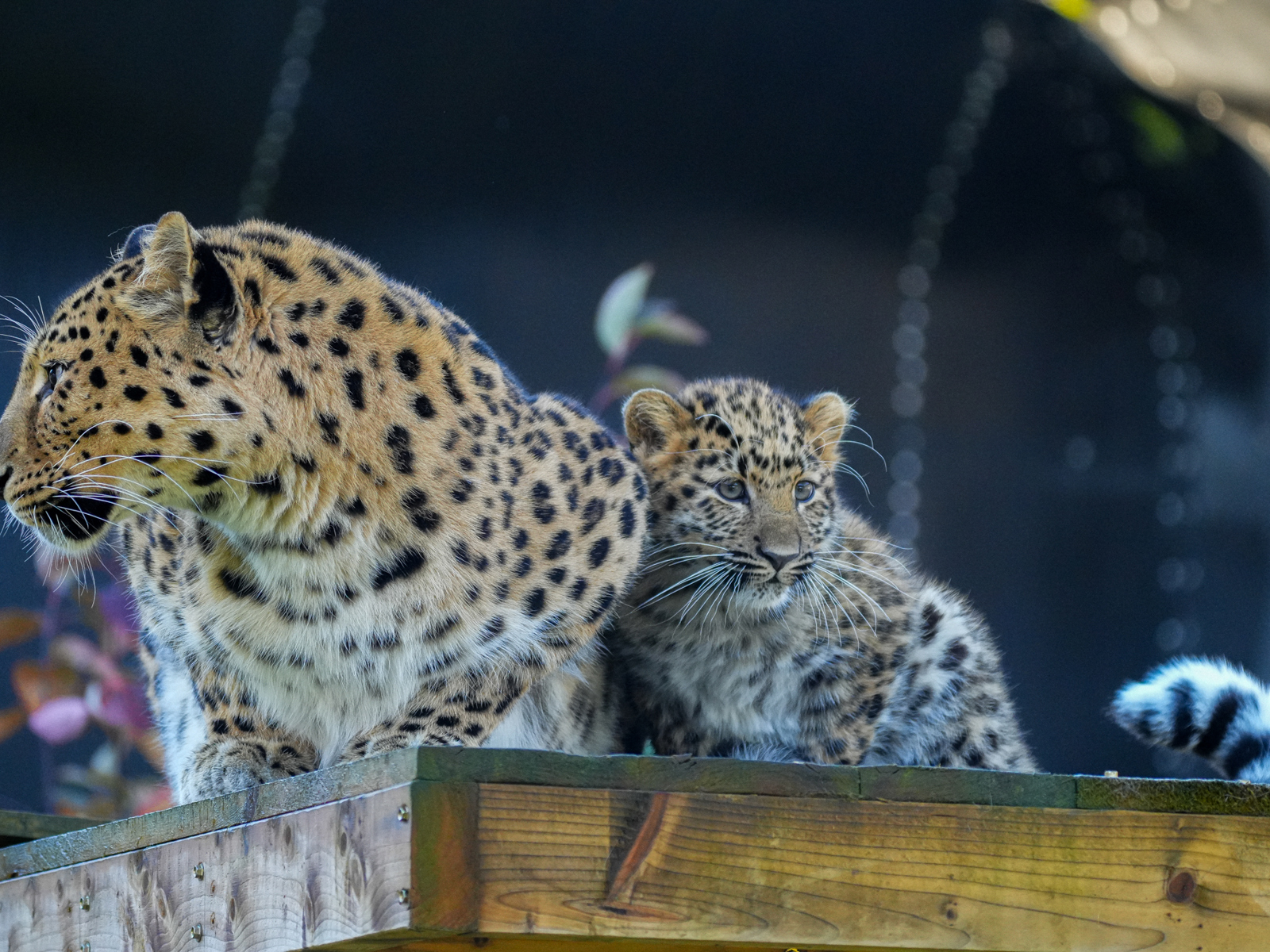
2023 Year in Pictures
Join us a we celebrate 2023 in the wildest way and reflect back on the year!
28 December 2023
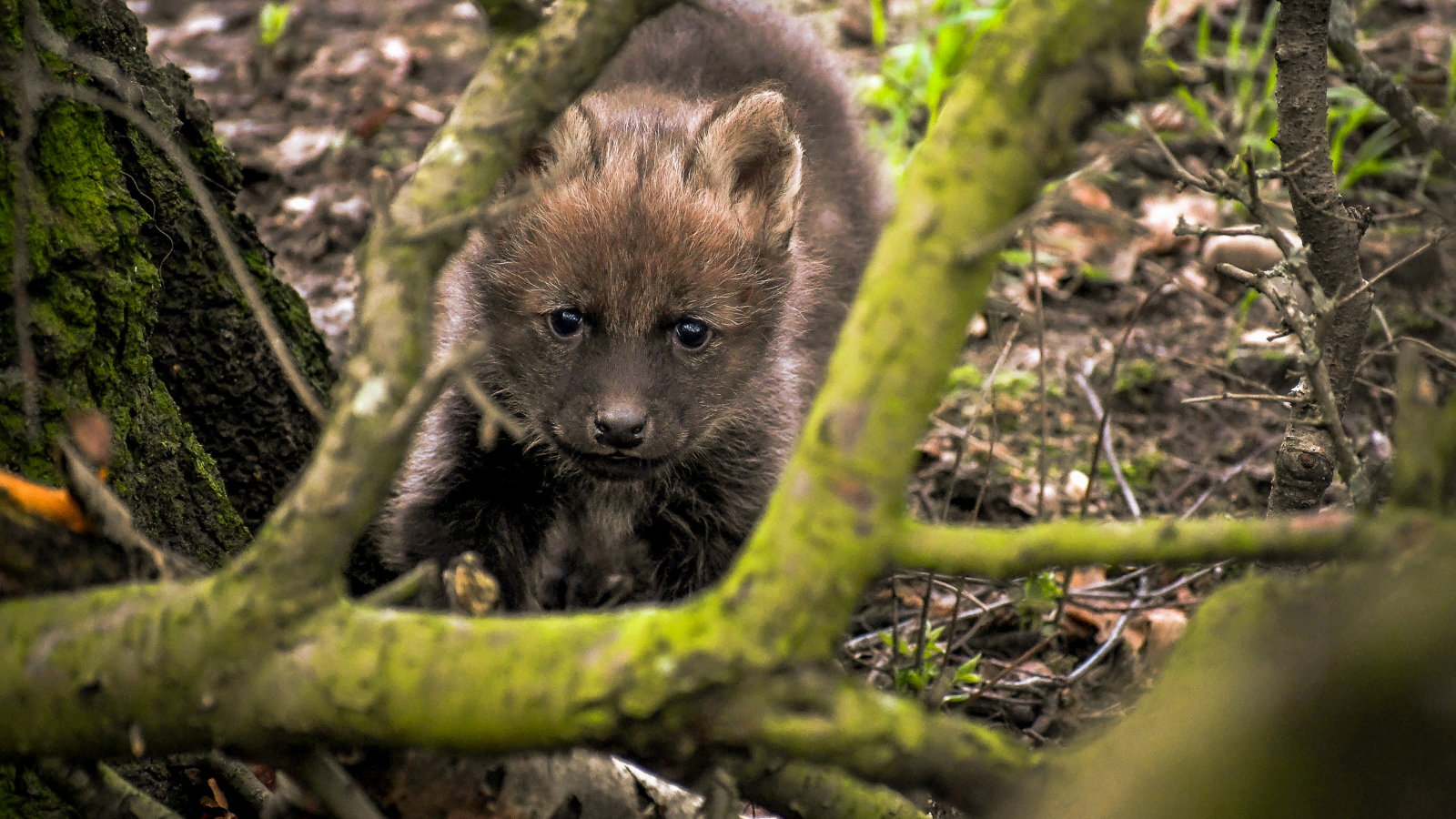
January
2023 started with the exciting arrival of five new Maned Wolf pups. Proud mum Ibera was full of delight despite the lively attentions of the healthy four girls and one boy who represent a significant moment for the threatened species, which is native to South America. The park’s conservation efforts, as part of an international breeding programme, are critical to species survival and the pups have given a global boost to their prospects.
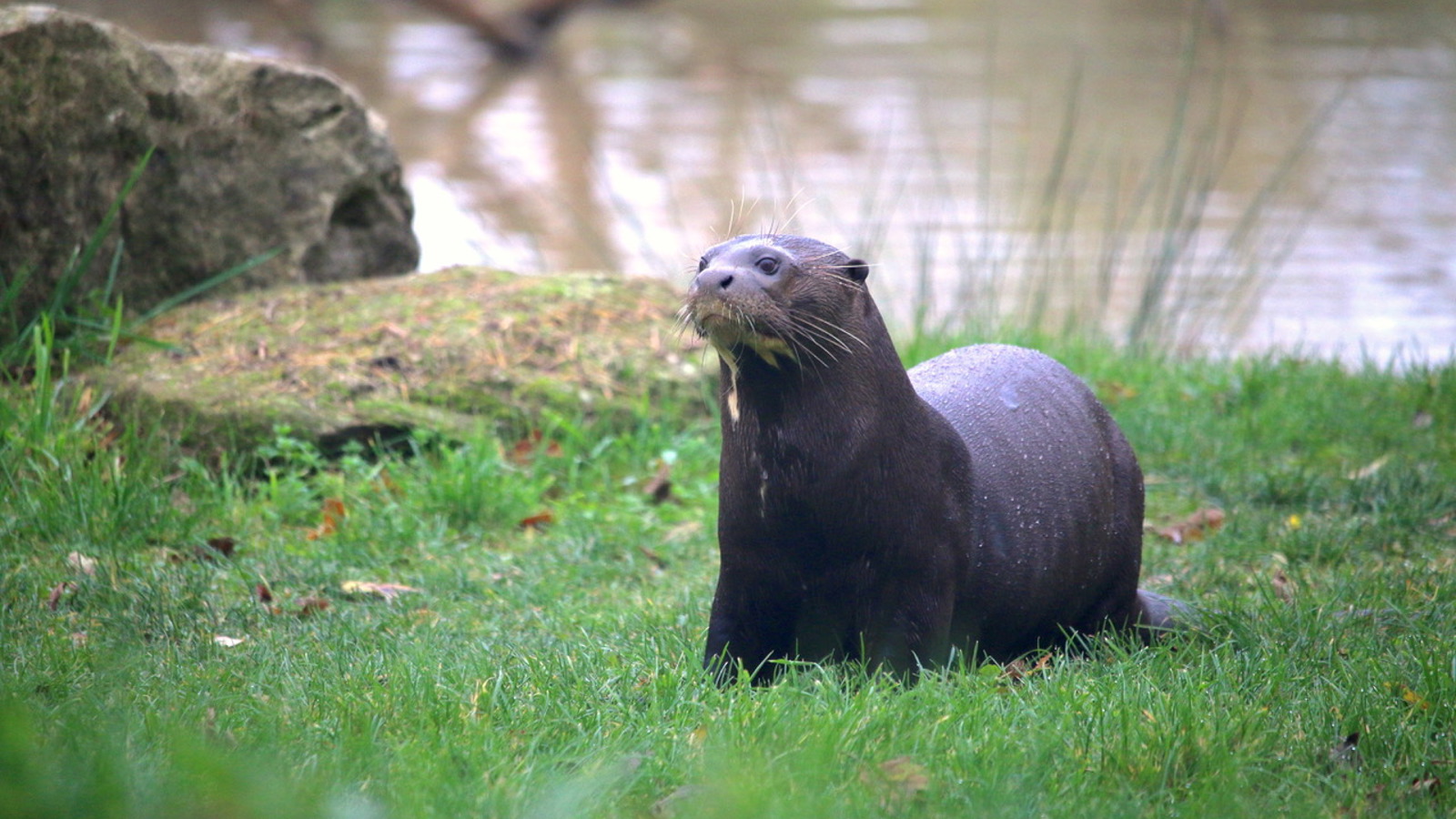
February
The good news continued as Giant Otters Alexandra and Orimar welcomed a new female pup, Fia. Giant Otters, which are twice the size of ordinary otters, do not breed easily and, with dwindling numbers in the wild, the new birth was particularly celebrated. Mum Alexandra kept a careful eye on her new-born as it started to venture out into the Giant Otter reserve at the park to the delight of visitors.
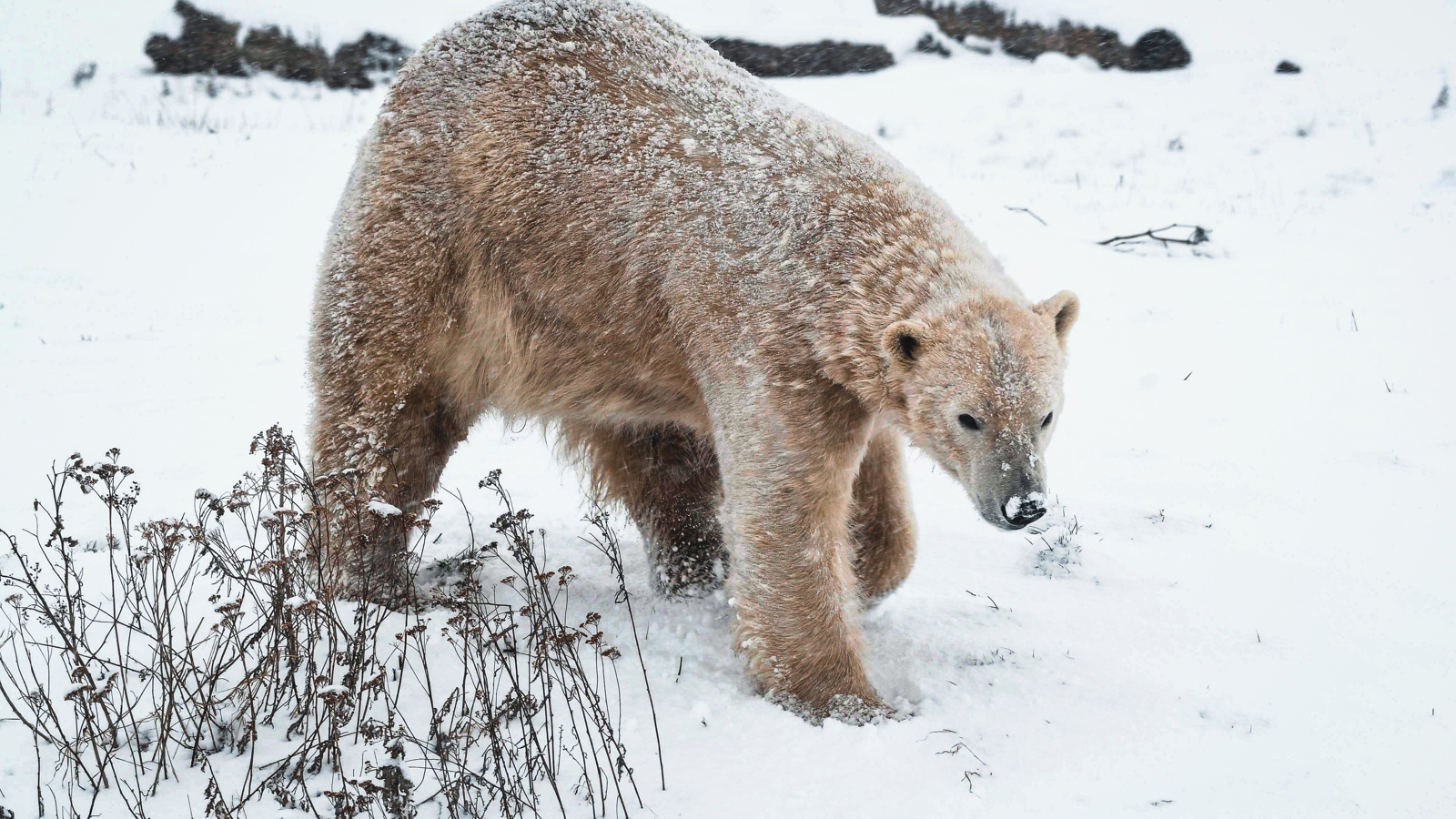
March
A cold, wintery snap had us all wrapping up, but the park’s polar bears were in their element and made the most of the snow. The park’s eight bears have the run of Project Polar and are the largest group in the world. The park continues to be at the forefront of polar bear conservation as melting ice from climate change reduces their habitat and ability to hunt and sustain families.
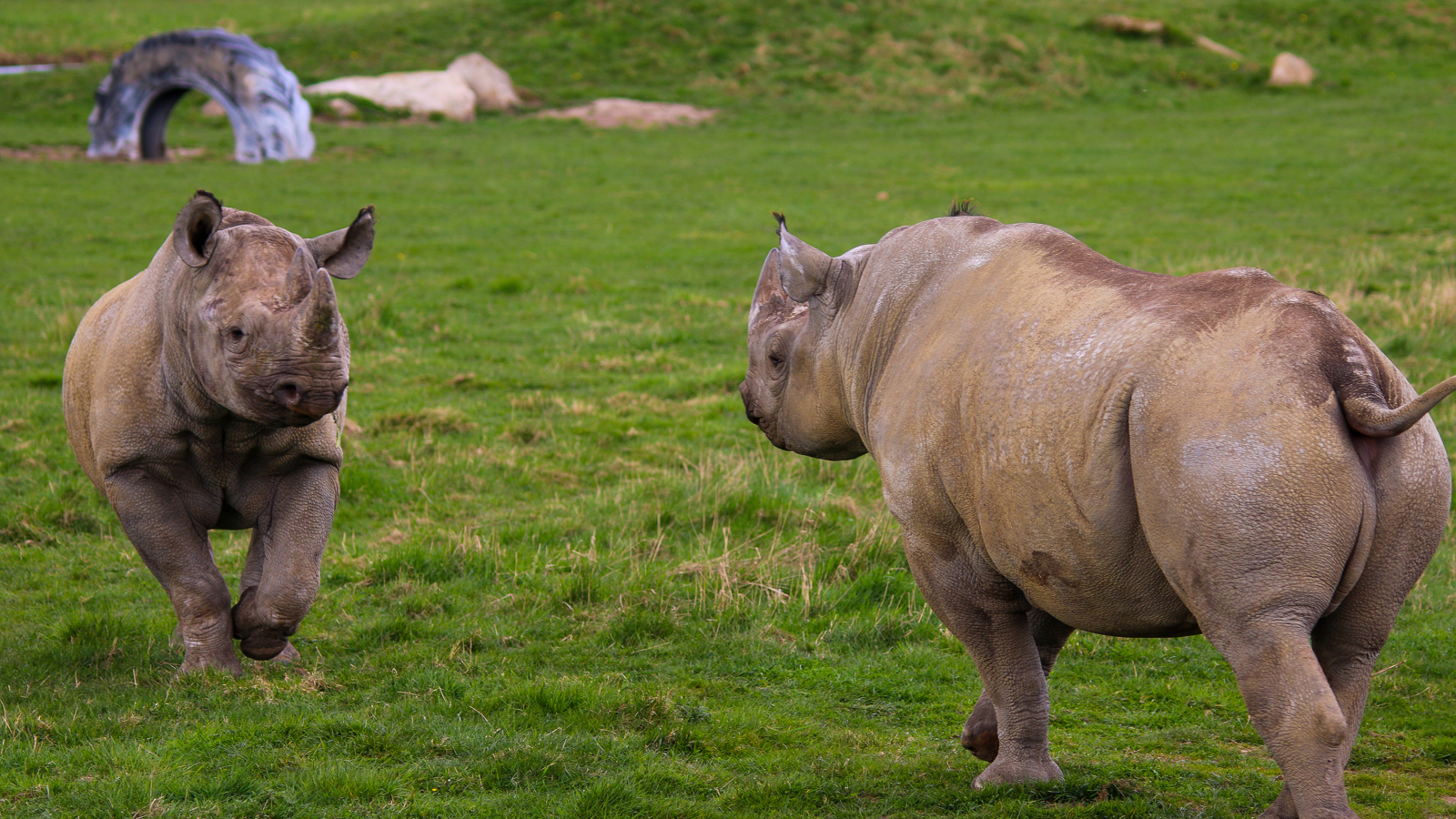
April
Spring got into full swing with the news that Najuma, one of the park’s Black Rhino, was showing early signs of pregnancy but everyone will have to wait a few months more as the gestation period lasts 12 to 18 months. Black Rhino numbers decreased by 96% between 1970 and 1992 due to poaching but global conservation efforts have helped numbers to recover to more than 6,000, according to recent statistics.
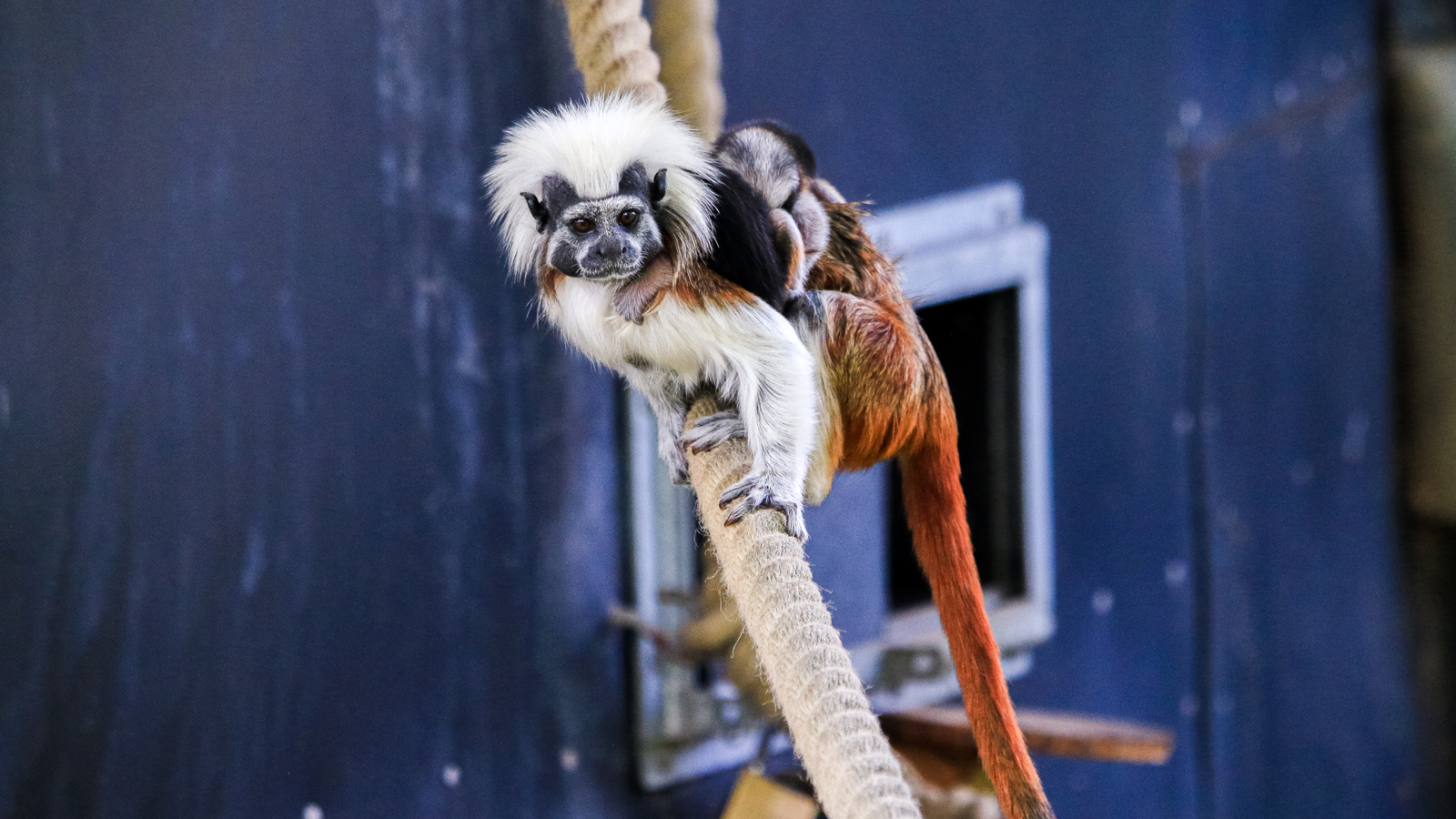
May
Maurice and Consuela, the park’s resident Cotton Top Tamarin monkeys, welcomed a new baby. The tamarind monkey is known as one of the smallest primates in the world, with new-born babies weighing around the same as a small bag of sugar. Yorkshire Wildlife Park is part of the European breeding programme to sustain the critically endangered species.
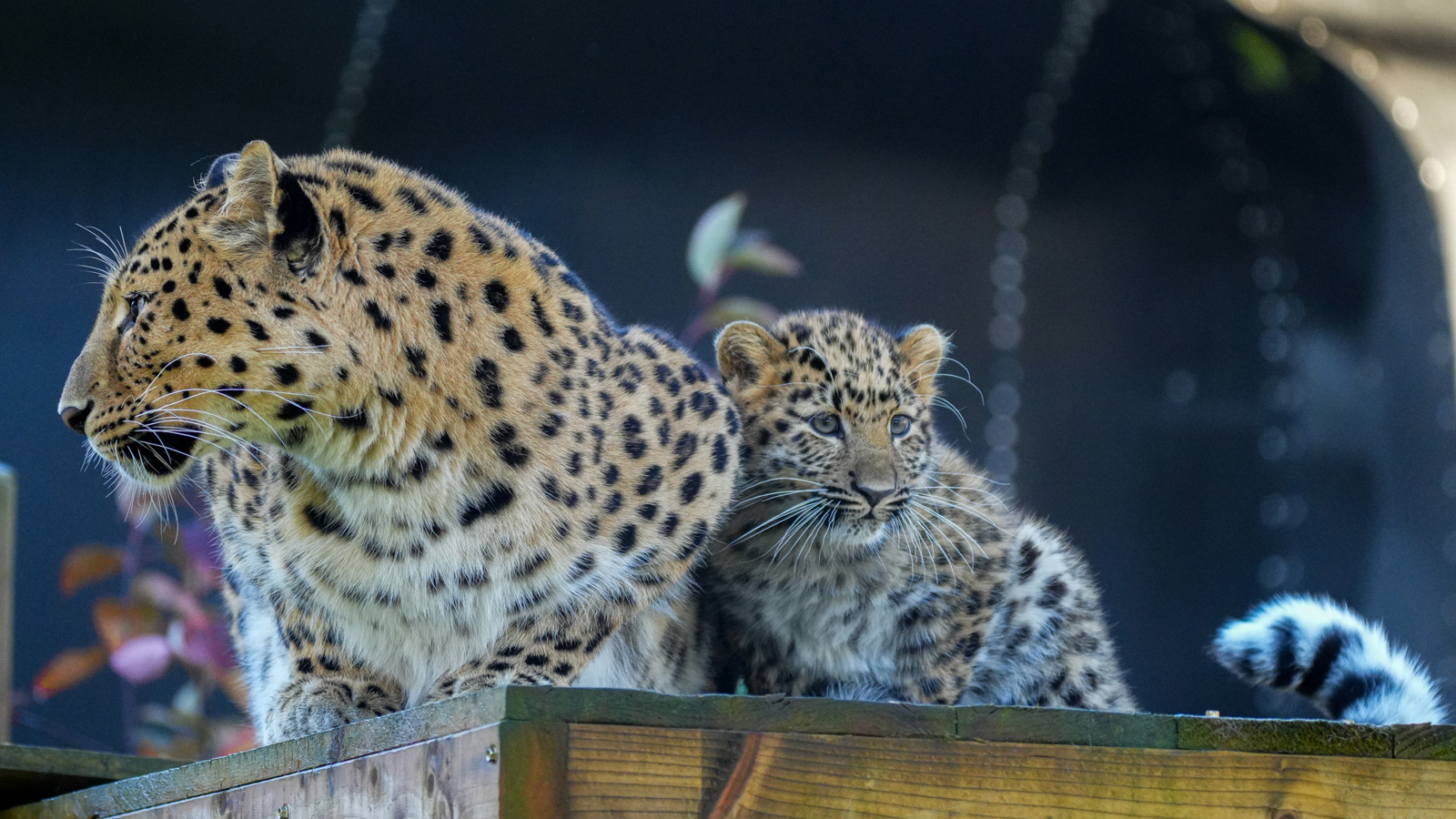
June
Kristen the Amur Leopard became a proud mum to Auckley, the only cub born in Europe during 2023 and photographs of her adoring attention sent hope around the world. Only an estimated 75 Amur Leopards survive in the wild and the park has been an integral part of international efforts to save the species. The cub has been getting bolder in excursions from the family den at the acclaimed Leopard Heights, but mum Kristen is never far from its side.
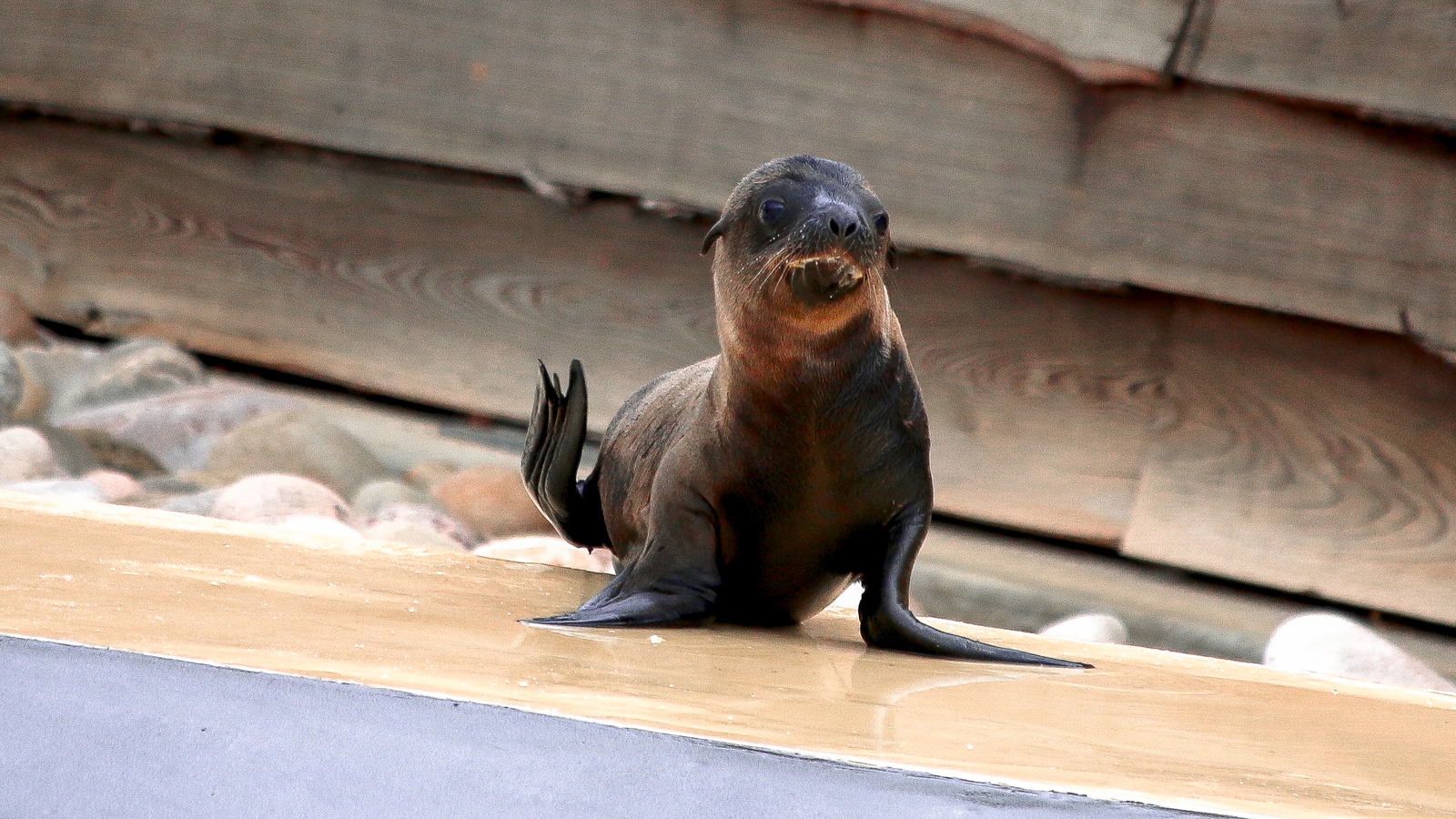
July
July saw the birth of sea lion pups Coral and Stanley who quickly got into the splash of things in the nursery pool and had visitors captivated with their antics. The park is looking forward to seeing the new-born pups develop into strong swimmers, possibly reaching top speeds of 20 miles per hour in the water as they continue to develop healthily.
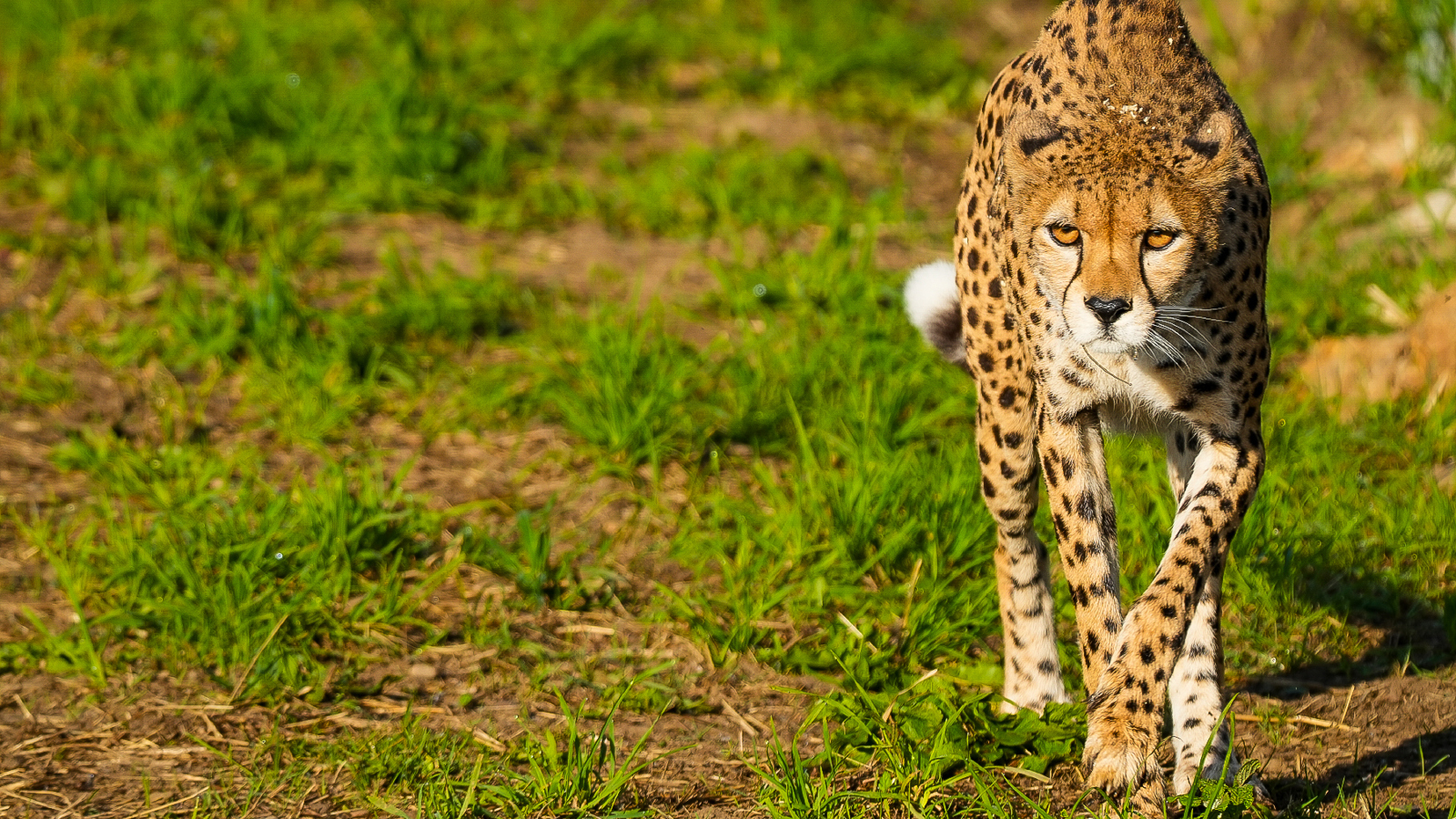
August
The park welcomed Darcy and Brooke, rare Northern Cheetahs whose numbers have dropped alarmingly from loss of habitat and poaching. They are enjoying their new homes at the park’s Cheetah Territory, 10,000 square metres of carefully created landscaped grounds with space to run and roam. The park’s conservation programme is helping support global efforts to preserve the species.
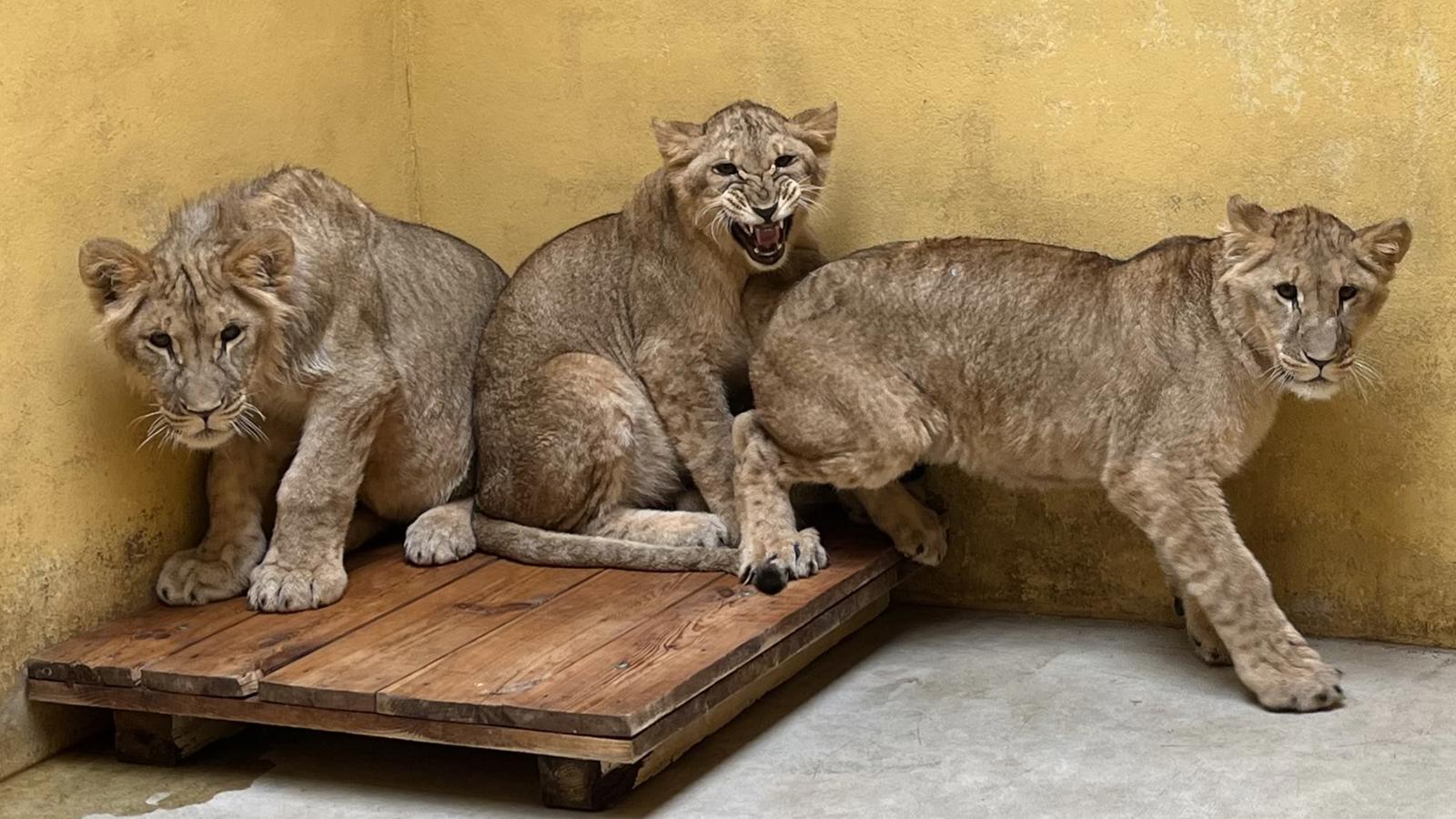
September
The park moved into international rescue mode to save four lions and offer them a new home away from the conflict in Ukraine. Lioness Aysa, who had been abandoned in a private zoo in the east of Ukraine following the Russian invasion, was rescued and taken to a holding facility in Poland with her three cubs, Teddi, Emi and Santa. Plans are advancing to bring the lion family to Yorkshire Wildlife Park for a fresh and safe life in 2024.
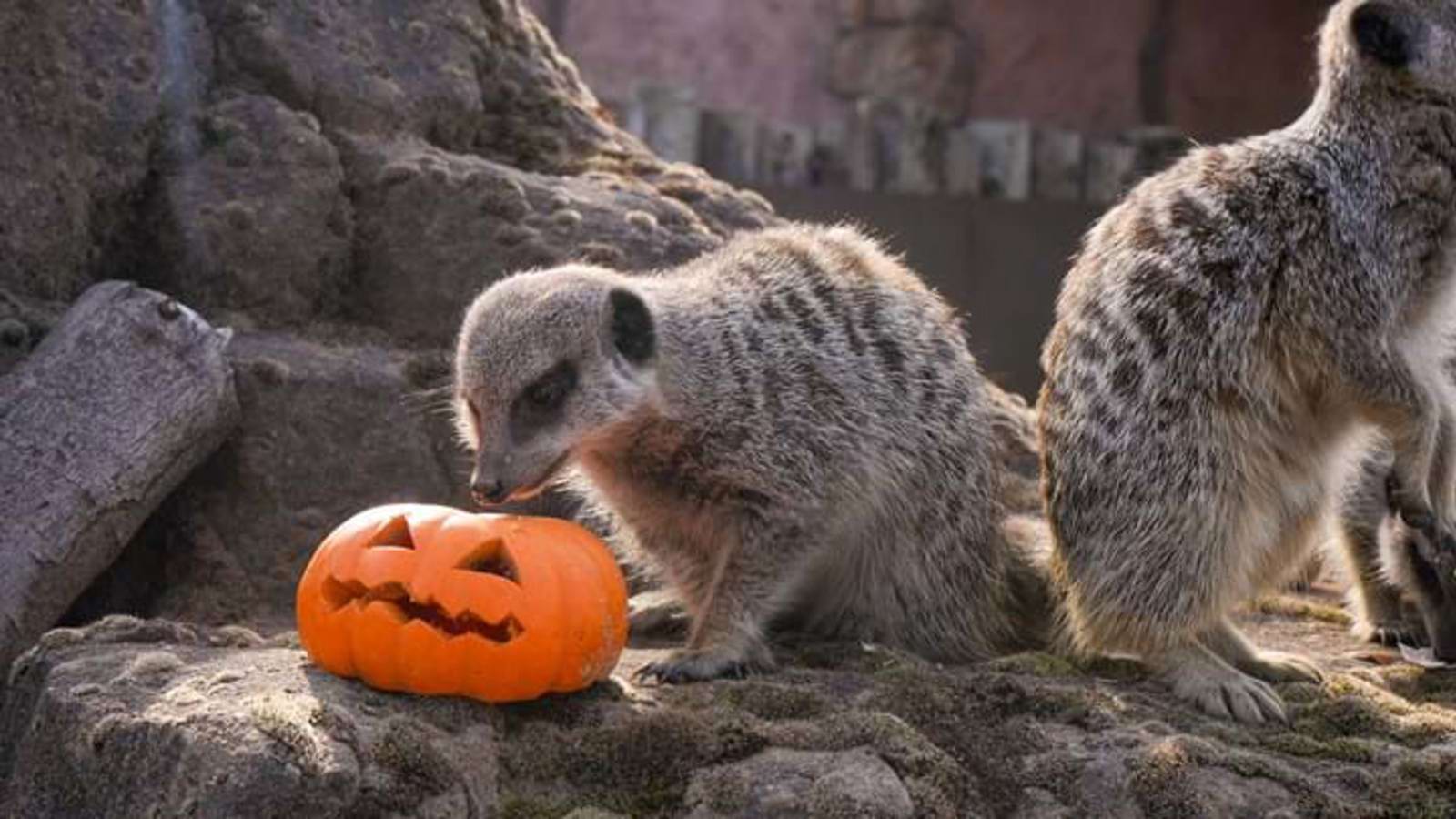
October
Nine new meerkats arrive in time for some Halloween trick or treating, making themselves at home in the purpose-built Meerkat Manor. The specially designed meerkat habitat is comprised of rock formations, towering termite mounds and deep natural sand, ideal for digging or burrowing. Meerkats are often found in tight-knit groups called mobs or gangs.
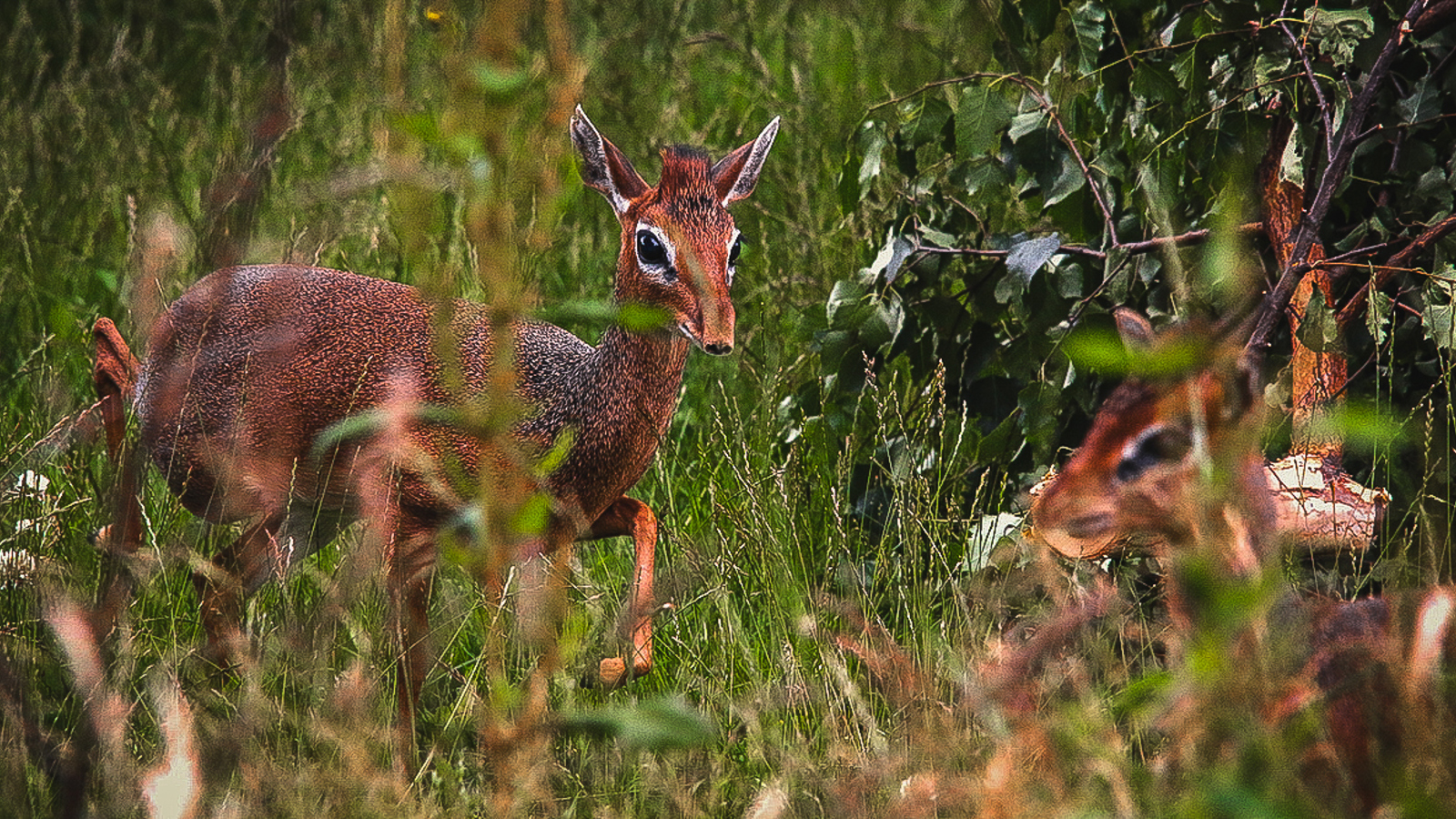
November
YWP’s busy year continued with further successful global conservation efforts in the arrival of a Kirk’s Dik-dik calf named Acorn, weighing only 13lbs. The Kirk’s Dik-diks, named after the noise they make, are the smallest members of the antelope family and the species is under threat from poachers who sell their bones for jewellery and their hides for suede gloves.

December
Yorkshire Wildlife Park gave a warm welcome to special guest Helen Skelton at the unveiling of the 2023 Winter Illuminations. The festive illuminations display consisted of a dazzling 2.5 km light and lantern display that took visitors on a journey through space, the ocean and even the Jurassic age! The annual Christmas Fair also brought spectacular fun, food and festivities enjoyed by families and friends.
